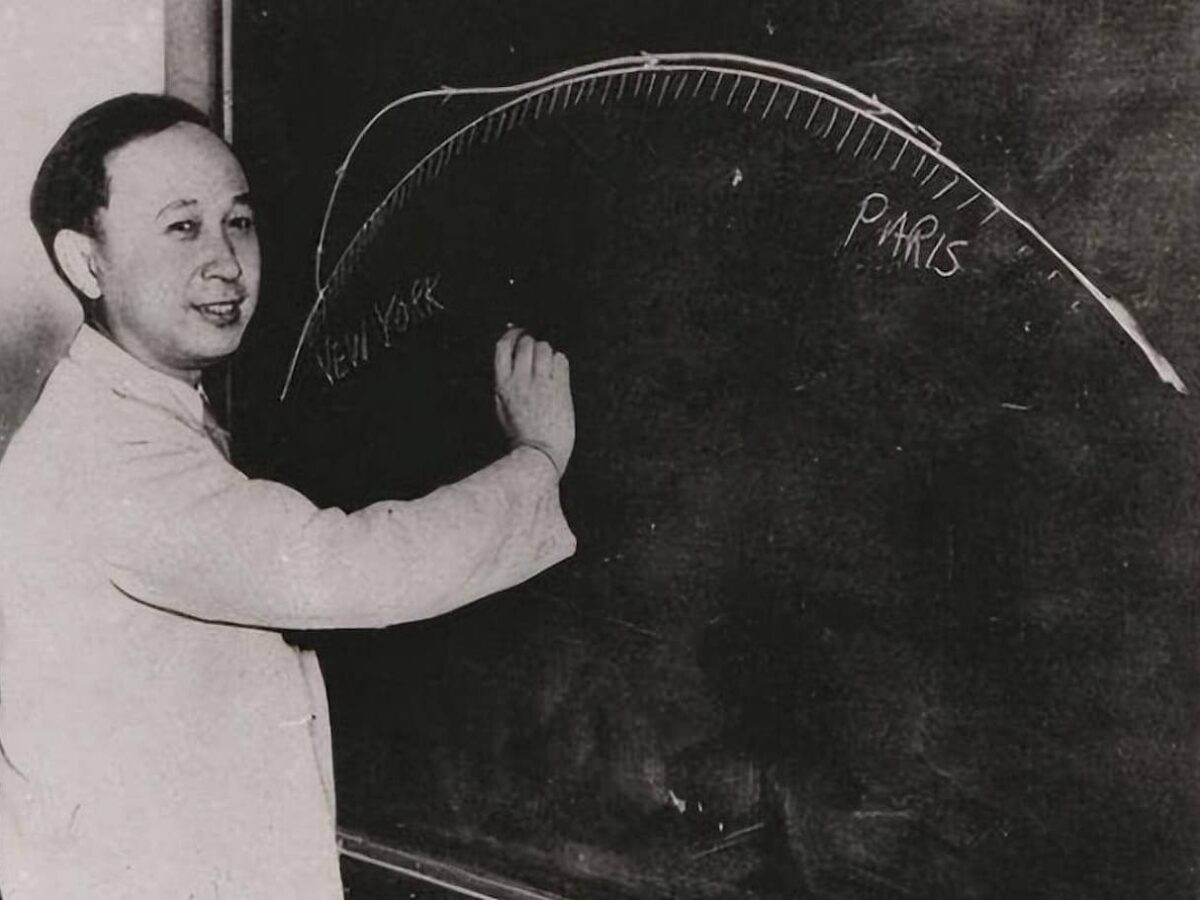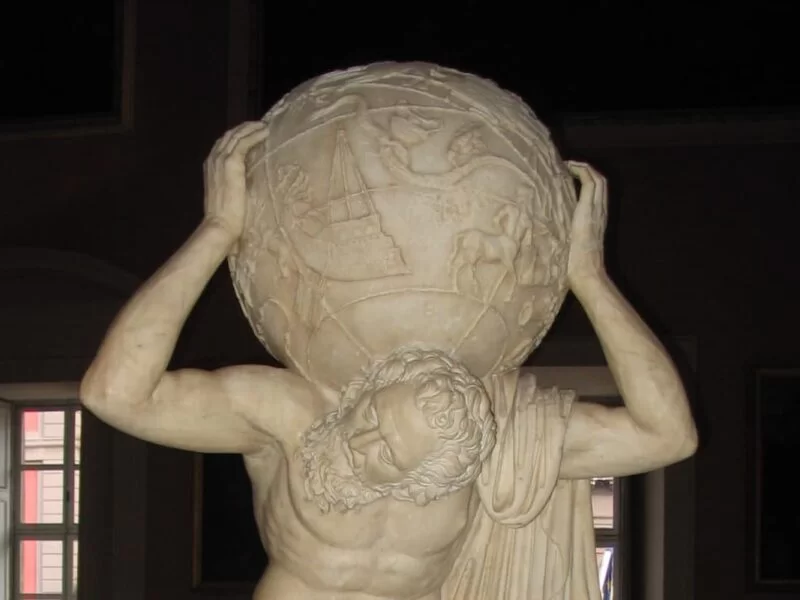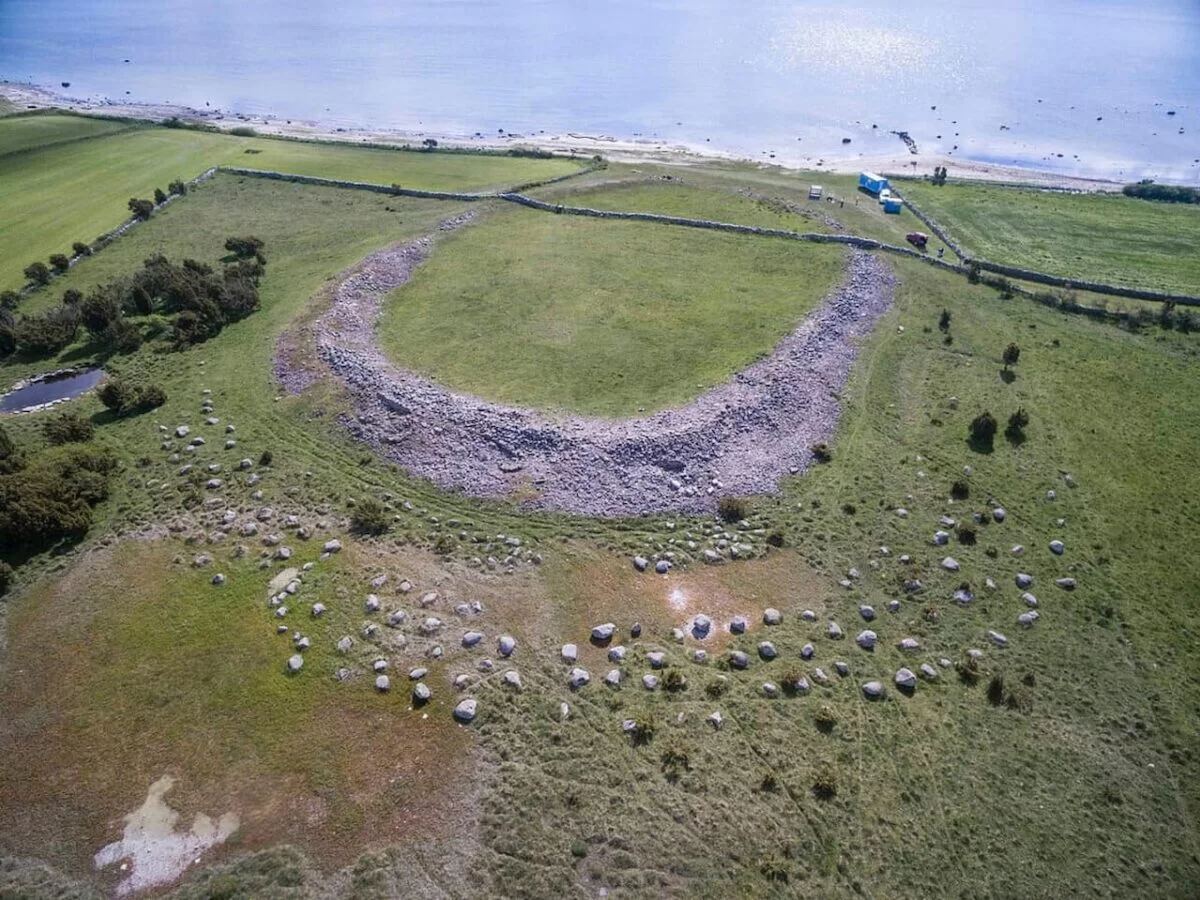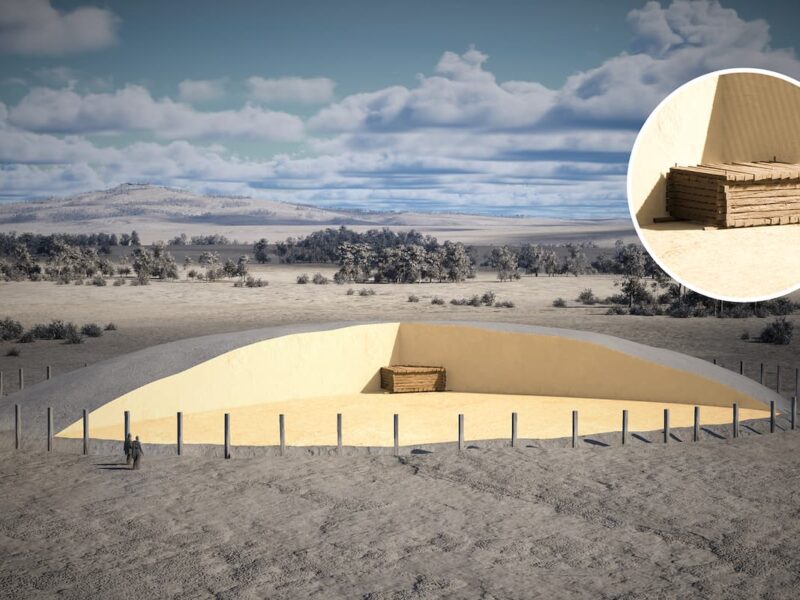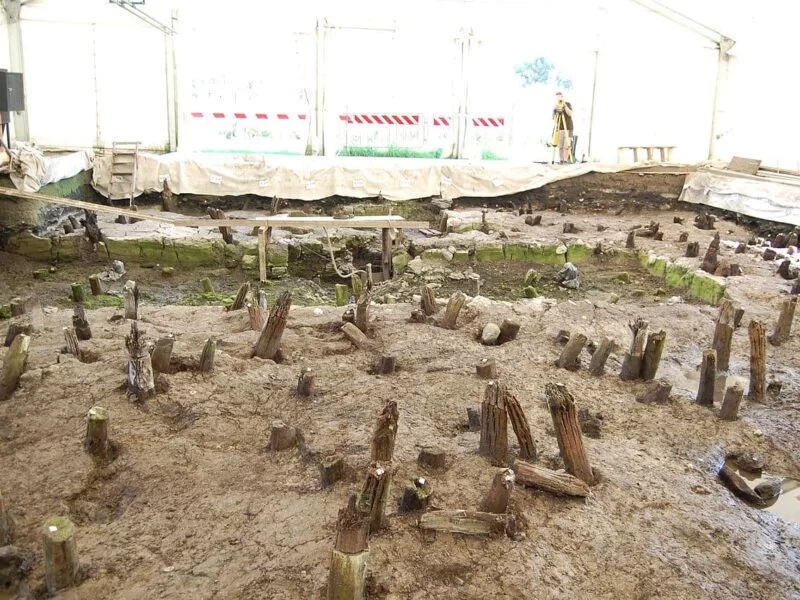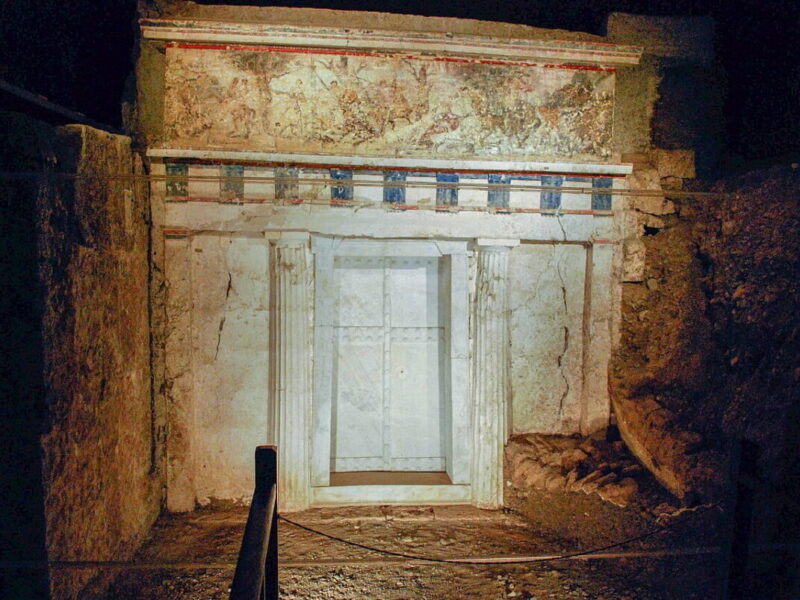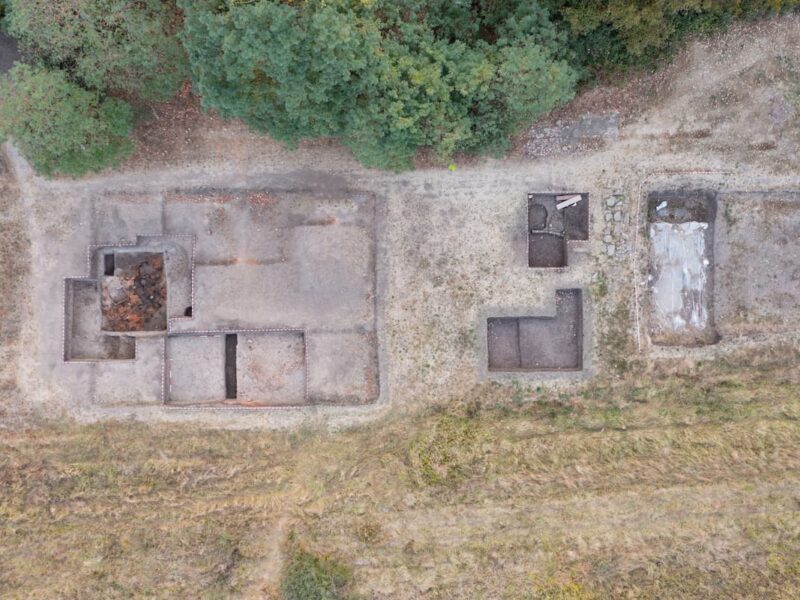During the construction of a sewage network, another tomb of a local noble, buried with his wife, was found in the area of Aigai, the ancient capital of the Macedonian kingdom. It is the 14th tomb discovered at the site.
This and other significant findings unearthed by last year’s archaeological excavations at the Aigai necropolis during rescue excavations were presented by Honorary Antiquities Curator Angeliki Kottaridi at the 36th Annual Archaeology Meeting held in Thessaloniki.
The tomb, dating back to the 3rd century BC, was found in an area with mounds in the northwest corner of the necropolis. We immediately carried out an operation to preserve the facade, because it had mortar, and then we opened it, not much, just enough to enter, described Kottaridi.
The facade of the tomb is simple, without a door, with an opening closed with stones. A valuable funeral pyre was found at the site, providing very interesting information to the archaeologists.

Immediately after, Kottaridi presented photographs of the interior of the tomb, whose net dimensions are 3.70 x 2.70 meters. She highlighted the image of the golden ribbon with large bows painted around the perimeter of the tomb. This is an important tomb because the man buried here, the main deceased, had a shield reinforced with iron pieces, and the weapons preserved in sections show that they were made in a very good workshop, so it is probably one of the hetairoi (Macedonian elite cavalry), noted the archaeologist.
The colored mortars of the facade, as observed by the archaeologists, are from two phases, which is explained because his wife was buried there later. Angeliki Kottaridi showed the public photos of the jewels found in the tomb, proving this assertion, while the most remarkable of the findings is a crown of gold myrtle.
Very close to this tomb, only 100 meters away, is the tomb excavated by Dimitris Pandermanlis in 1969, and there are two other tombs there. It is probably a set of rich tombs, estimated the archaeologist.
Angeliki Kottaridi also referred to the part of the wall found in the context of the excavations for the sewage project, on the road leading up to the palace of Aigai. This element is especially interesting, she said, as it precisely shows the city’s limits.
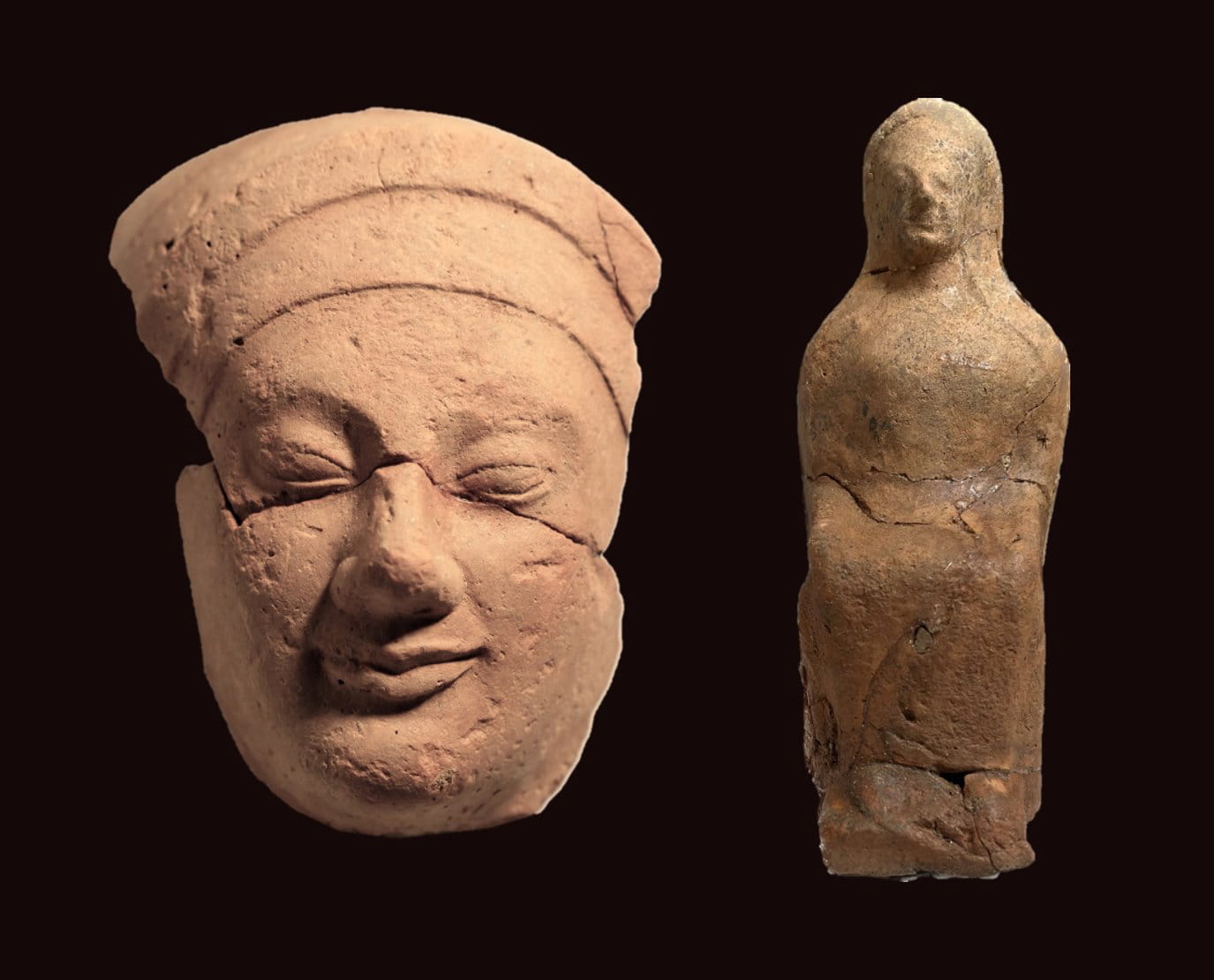
The wall is just over two meters wide, while the ancient wall from the 5th century, dating back to the time of Perdiccas II, has a width of about one meter, she said, making the comparison with the older find.
However, most of the excavations were carried out in the “heart” of the necropolis, where the burial of a warrior was found, who had the helmet at his feet and held a sword with his right hand over his chest.
We have a man who doesn’t have a helmet, but he has a precious sword that he also holds with his right hand, his rings have fallen off, and we also have the pin that held the cloak, she described, showing the corresponding images, while affirming that all these objects have been preserved.
She also referred to a rare case of an archaic tomb from 530 BC that was found, where there is a skeleton as well as large iron pins with lead heads.
Sources
Discover more from LBV Magazine English Edition
Subscribe to get the latest posts sent to your email.








